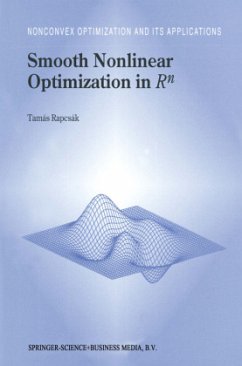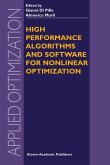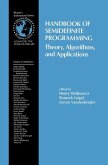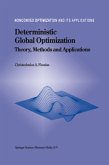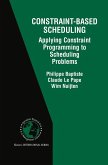Experience gained during a ten-year long involvement in modelling, program ming and application in nonlinear optimization helped me to arrive at the conclusion that in the interest of having successful applications and efficient software production, knowing the structure of the problem to be solved is in dispensable. This is the reason why I have chosen the field in question as the sphere of my research. Since in applications, mainly from among the nonconvex optimization models, the differentiable ones proved to be the most efficient in modelling, especially in solving them with computers, I started to deal with the structure of smooth optimization problems. The book, which is a result of more than a decade of research, can be equally useful for researchers and stu dents showing interest in the domain, since the elementary notions necessary for understanding the book constitute a part of the university curriculum. I in tended dealing with the key questions of optimization theory,which endeavour, obviously, cannot bear all the marks of completeness. What I consider the most crucial point is the uniform, differential geometric treatment of various questions, which provides the reader with opportunities for learning the structure in the wide range, within optimization problems. I am grateful to my family for affording me tranquil, productive circumstances. I express my gratitude to F.
`... it is a pleasure to see and read how Tamás Rapcsák combines differential geometry and other high-level mathematics to model and solve problems which belong to smooth nonlinear optimization. The book can be highly recommended to researchers and graduate students interested in optimization theory. In summary, this book is a vaulable contribution to the existing literature on smooth optimization in finite dimension.'
Optimization, 46 (1999)
Optimization, 46 (1999)
`... it is a pleasure to see and read how Tamás Rapcsák combines differential geometry and other high-level mathematics to model and solve problems which belong to smooth nonlinear optimization. The book can be highly recommended to researchers and graduate students interested in optimization theory. In summary, this book is a vaulable contribution to the existing literature on smooth optimization in finite dimension.'
Optimization, 46 (1999)
Optimization, 46 (1999)

